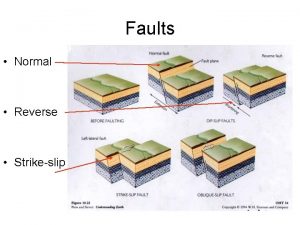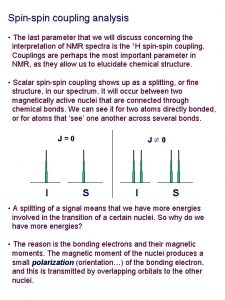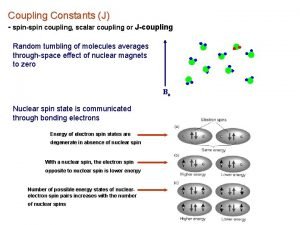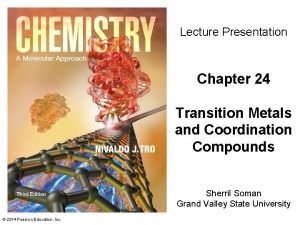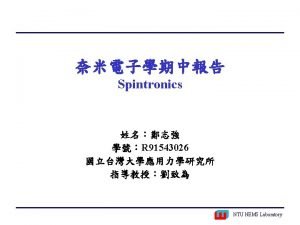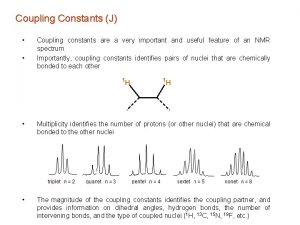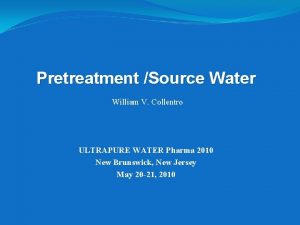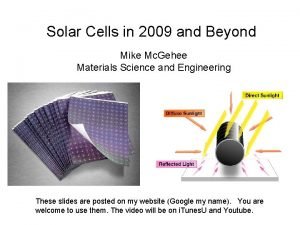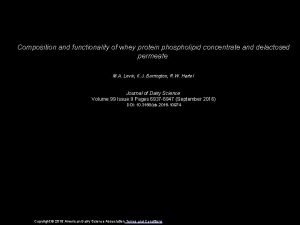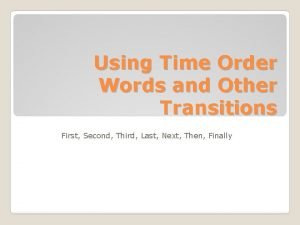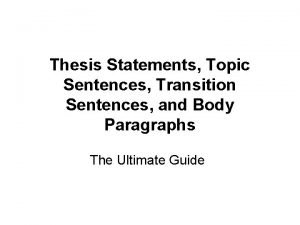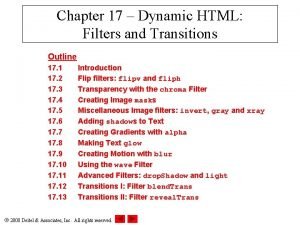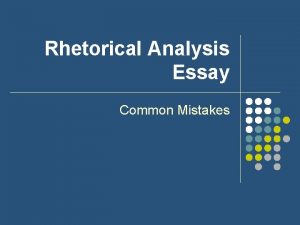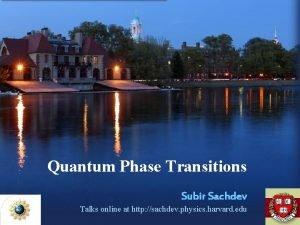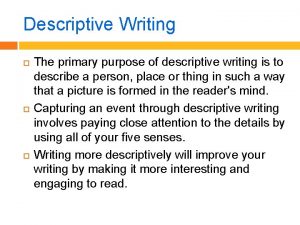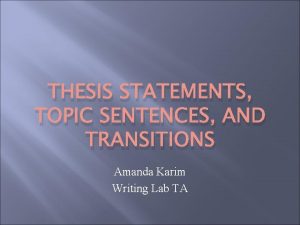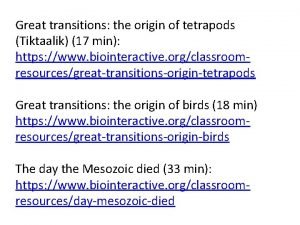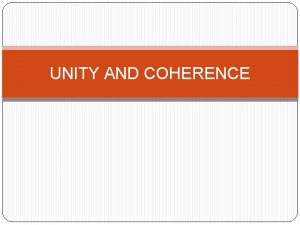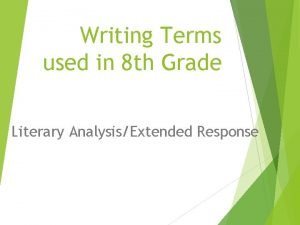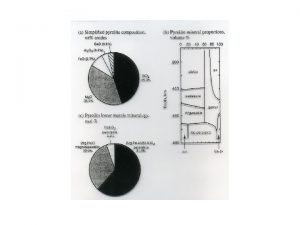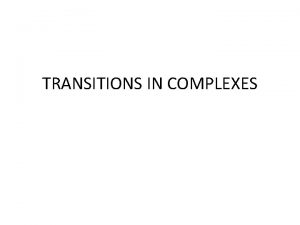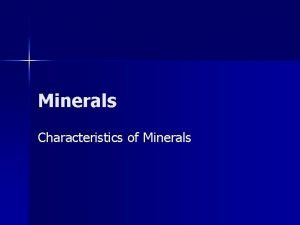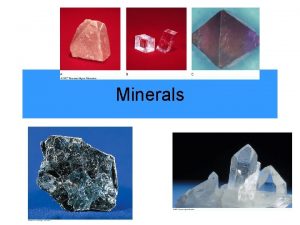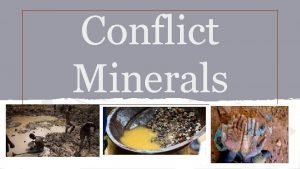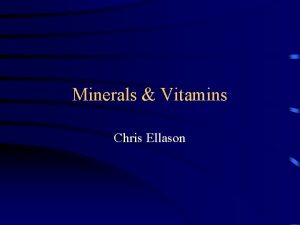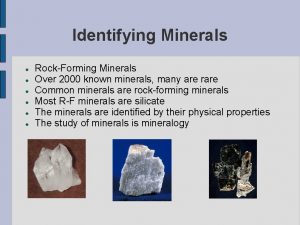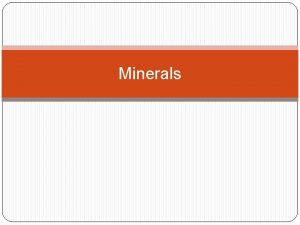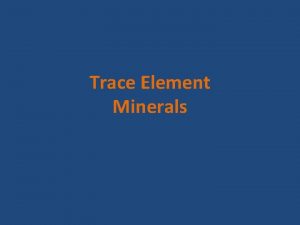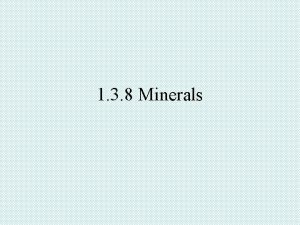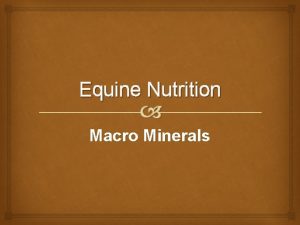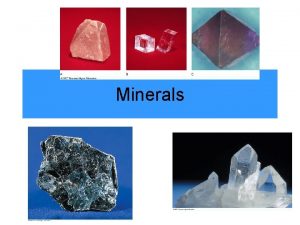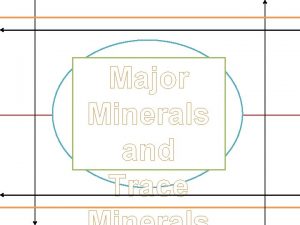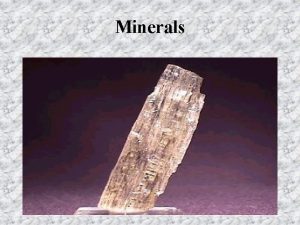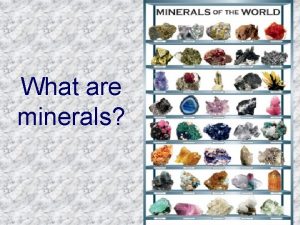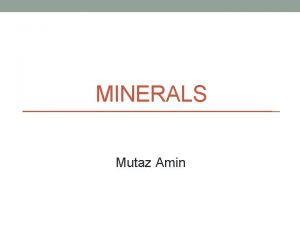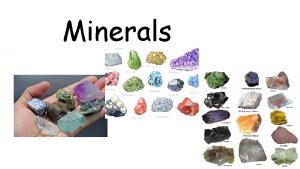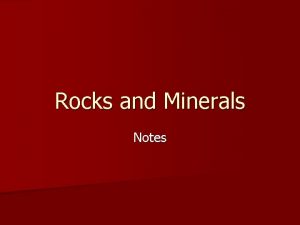Spin Transitions in Lower Mantle Minerals Concentrate on


































- Slides: 34


Spin Transitions in Lower Mantle Minerals? Concentrate on ferropericlase as more likely to have a big effect

Electron configurations • K shell 1 s • L shell 2 s 2 p • M shell 3 s 3 p 3 d • • • s suborbitals take up to 2 electrons p suborbitals take up to 6 electrons d suborbitals take up to 10 electrons • Fe 2+ has 24 electrons, 2 in K, 8 in L and 14 in M with 6 in 3 d



Structure of ferropericlase -- green are oxygen and blue are magnesium or iron

(note eg orbitals point towards nearest neighbor oxygens and t 2 g point between)

Fe(2+): 3 d shell has 6 (out of 8) electrons -- prefer to be unpaired (high spin) Fp Pv Note aluminous Pv can have Fe(3+) as well as Fe(2+) Volume contraction is not as great in Pv because outlying orbitals still populated

Xray emission spectroscopy • • • K-shell electron absorbs an Xray photon and is ejected A 3 p electron collapses into the K-shell The resulting 3 p hole interacts with the partially filled 3 d shell (the interaction is a function of the spin state of the 3 d shell) Main peak is associated with K-beta emission -- satellite peak associated with 3 d shell -- intensity of peak depends on spin polarization of 3 d shell Satellite peak disappears when all 3 d is in low spin state

Fp (0. 17) -- this is expected composition if Fe partitions preferentially into Fp

Lin et al, 2007 (Science -- in press)

Lin et al, 2007 (Science -- in press)

Summary of experimental results • • All experiments at room temperature (except Lin et al 2007) Ferropericlase: transition range at 40 --60 GPa? Large weakening of elastic moduli during transition. Experiments are for Fe rich specimens (Fe#=17 --25) or for Fe#=6 corrected to larger value. LS phase seems more opaque (lower thermal conductivity). There is a clear increase in density between high and low spin states at room temperature. Enough data to estimate an EOS for high spin and low spin states Perovskite: some find two sharp transitions, some a continuous transition over a wide pressure band (likely in aluminous samples). Some find that LS state is more transparent (higher thermal conductivity)? Effect on elasticity may be mininal (but still important? ) Theoretical calculations and experiment at high T suggest broad pressure transition range

Fp (0. 17) (Lin et al, 2005)

Fp (0. 20) (Fei et al 2007)

Some thermodynamics!

Xfe=0. 06 Xfe=0. 17 Crowhurst et al 2008

Xfe=0. 17, T=300 K, no modulus weakening Red is HS and blue is LS; black line prediction of model

Xfe=0. 17, T=300 K, modulus weakening

Xfe=0. 06 Xfe=0. 17 Crowhurst et al 2008

Can use observed width of transition to fix d. E in thermo model at high T Lin et al, 2007 (Science)

Xfe=0. 17, T=1800 K, modulus weakening Red is HS, blue is LS and black is prediction of model

How does this affect fit to lower mantle properties?

Red=density Blue=Vc Green=Vs Xfe=0. 17 Modulus weakening “pyrolite” + spin transition in ferropericlase

Red=density Blue=Vc Green=Vs Xfe=0. 17 No weakening “pyrolite” + spin transition in ferropericlase

Conclusions • • 1 D seismic models are extremely well-known in most of the lower mantle and, along with advances in mineral physics, are useful for constraining the bulk composition of the Earth A limited range of compositions fit the seismic models (though the precision of the mineral physics estimates of shear velocity is a limiting factor) Recent results on the elastic properties of the spin crossover in ferropericlase result in bulk sound speed velocities and velocity gradients in the lower mantle which are apparently incompatible with the 1 D seismic models. Perhaps anomalous elastic effects are diminished at high T? Or perhaps Fe is not so strongly partitioned into ferropericlase (the partitioning may be controlled by the presence of small amounts of aluminum, etc) Partitioning may also be a function of spin state -- just to make life more interesting Don’t need to rewrite all the text books just yet!

Future work • Need high T experimental data on elasticity • Need better data for perovskite since this is the bulk of the lower mantle • Need to look at seismic constraints on velocity gradients since these may be most diagnostic


Fp (0. 25)

Pv (0. 1) -- broad transition?

Aluminous sample -- broad transition


(Crowhurst, Brown, Goncharov and Jabobesen, submitted to Science), uses ISS

(Crowhurst, Brown, Goncharov and Jabobesen, submitted to Science),
 Normal fault
Normal fault Earth crust thickness
Earth crust thickness Spin spin coupling
Spin spin coupling J coupling constant
J coupling constant Low spin and high spin complex
Low spin and high spin complex Spin down
Spin down J'
J' Circulatory compromise
Circulatory compromise Ultra pure vodka concentrate
Ultra pure vodka concentrate When to transfuse blood
When to transfuse blood Messages of goodwill
Messages of goodwill Concentrate solar power
Concentrate solar power Snap heavy duty concentrate
Snap heavy duty concentrate Pure planet tart cherry concentrate
Pure planet tart cherry concentrate Legume roughages
Legume roughages Whey protein phospholipid concentrate
Whey protein phospholipid concentrate Rametep
Rametep Dr christine weller
Dr christine weller What are time order words
What are time order words Effects of transitions in early years
Effects of transitions in early years Paragraph transition examples
Paragraph transition examples National transitions of care coalition
National transitions of care coalition Conjunctive adverb
Conjunctive adverb Argumentative transition words
Argumentative transition words Filters and transitions in dhtml
Filters and transitions in dhtml Transitions for rhetorical analysis
Transitions for rhetorical analysis Asian transitions in an age of global change
Asian transitions in an age of global change Subir sachdev quantum phase transitions
Subir sachdev quantum phase transitions Transition words to compare ideas
Transition words to compare ideas Elaboration transition words
Elaboration transition words What is the main purpose of descriptive writing
What is the main purpose of descriptive writing What is your topic sentence
What is your topic sentence Great transitions the origin of tetrapods
Great transitions the origin of tetrapods Unity and coherence
Unity and coherence Tlq transitions
Tlq transitions
